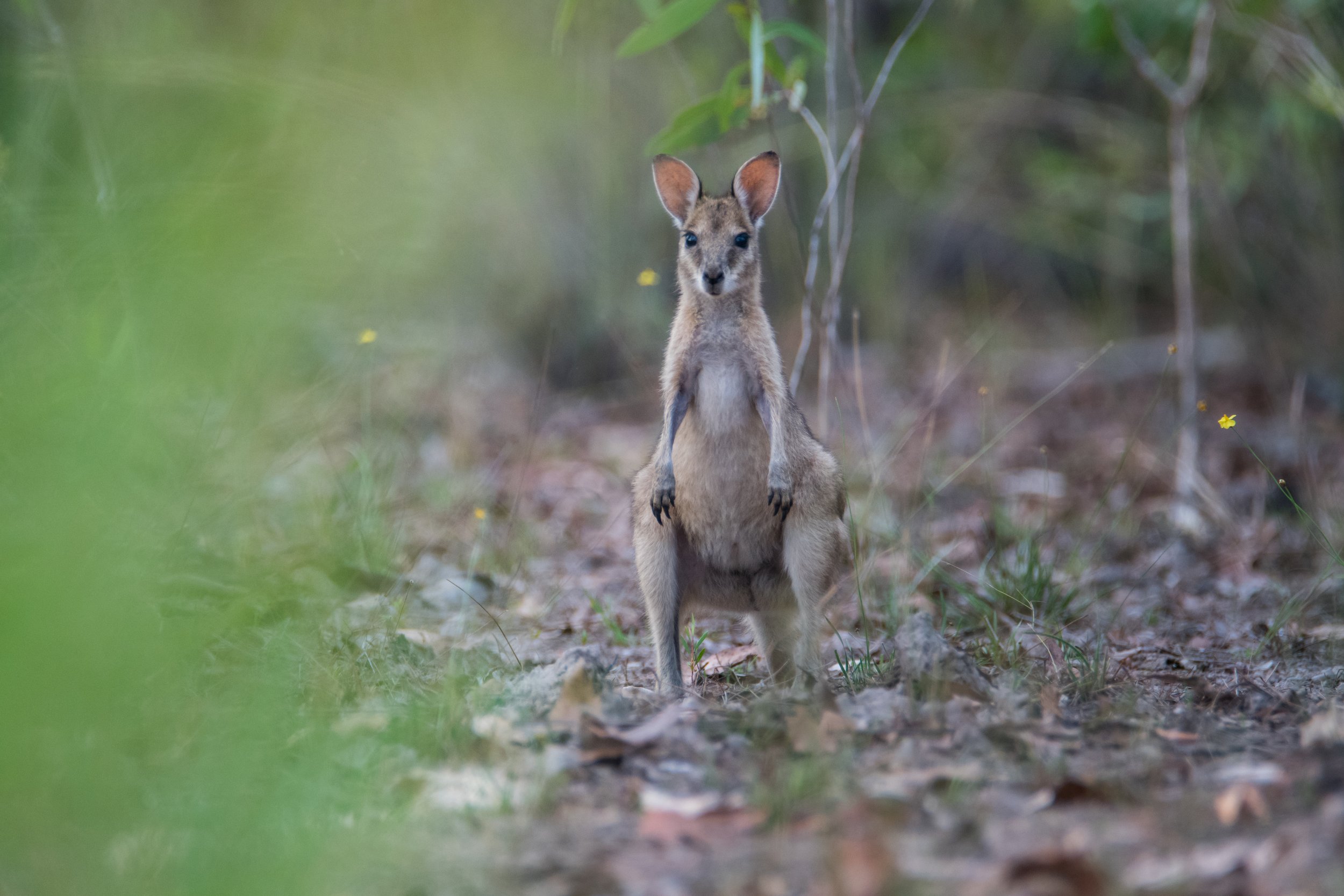VietnaMs Capital
Hanoi is a city rich with culture. Its delicious food, cheap prices and friendly people are a draw for many tourists. Hanoi is also a photographers paradise. Old temples, and interesting people, Hanoi has it all.
Below are a list of my top 3 places for photography in Hanoi.
Hoan Kiem Lake
Located in Hanoi’s Old Quarter, Hoan Kiem Lake is a must visit for photographers. Meaning lake of the returning sword, there is a legend attached to the lake making it very important for locals.
-Thap Rua
Built to honor Le Loi, a Vietnamese hero, the turtle tower was built in 1886 on top of a small island in Hoan Kiem Lake. The tower has become a symbol for Hanoi.
Be sure to bring a telephoto lens to capture this stunning tower.
-Ngoc Son Temple
Located on an island in the north part of the lake, the name means “The temple of the Jade Mountain”. The temple was built in the 18th century to commemorate a Vietnamese war hero from the 13th century.
This temple looks stunning at blue hour but finding a clean composition including the bridge with no people around can be quite the challenge.
Tran Quoc Pagoda
Located on an island between West Lake and Truc Bach Lake the pagoda itself is over 1500 years old. Another symbol of Hanoi and one of the most popular attractions in all of Hanoi.
The best time to photograph the pagoda is at golden hour and blue hour. It can be quite popular with photographers so if you are using a tripod you might want to get there early to get set up. Bring a wide angle lens in order to capture the scene.
Hanoi’s Old Quarter
Hanoi’s Old Quarter is a great place for street photography. Its busy and full of culture. The people and the architecture are both very photogenic. The best way to spend a day here is to just wander around the streets looking for images. I would recommend taking a medium range zoom lens with you as you wander the streets to help capture interesting moments.
The best time to photograph this area would be around golden hour as the light is soft and dramatic. But anytime during the day there are still photos to be had.
























